Corporate Beer is Not Going to Like This
Last week, the Brewers Association sent out a press release announcing that more than “3,000 craft brewing companies—representing more than 6,000 craft brewing locations in the U.S.—have signed on to use the independent craft brewer seal.”
Great. Good job BA, but why should I care?
“Independent” is the latest attempt from the BA to separate beer and breweries based upon rules they have established over the years. The Brewers Association is just that, an association of brewers, so the rules they make are intended to benefit their members. That makes sense.
Again, why should I care?
I remember when I was younger that craft beer wasn’t “craft beer,” it was “microbrew” from “microbreweries.” Which, to my dad, was a handful of breweries that made super bitter or malty beers that he received as gifts during special occasions. I can still remember helping my mom pick out Pete’s Wicked Ale at Chamber’s Liquor store, I believe for Christmas, and a 22 oz. bomber of something (I forgot the name) with a really cool design on the label.
My dad is a Miller Lite guy, but he rotates every few years from Coors Light or Bud Light. However, aside from his go-to fridge beer of choice, he likes trying one-off beers on occasion (but it is rare). To him, all “craft beer” is “hoppy,” so he doesn’t buy a lot of it. There have been a few times I have visited him to find random beer in his fridge, but there is no rhyme or reason behind his purchase.
To my dad, the “Independent” seal doesn’t matter, the same way “craft beer” didn’t matter, and the same way “microbrews” didn’t matter. He drinks what he likes and on occasion will try something new, including such breweries as Breckenridge Brewery, 10 Barrel Brewing Company and a few other breweries I have found in his fridge that I personally do not support. But, he’s also picked up beer from Crooked Stave, Dry Dock and a handful of craft breweries that I do support.
SCOTT, WHY SHOULD I CARE?
The answer is simple: Big Beer Hates Independent Beer.
During those years of my dad buying macro beer and also sporadically buying craft beer, he directly supported small, local and independent breweries without ever knowing it. My dad and millions of other consumers have slowly shifted their purchasing behavior in recent years to include more options, many of which included craft beer. Subsequently, those independent breweries grew and employed more people. And, some of those employees went on to start their own breweries, write books, teach people how to brew, open restaurants, liquor stores, and homebrew stores or join other parts of the beer industry.
Independent craft breweries now make up the largest growth sector.
In the last few years however, we have seen a seismic shift in purchasing behavior across all demographics. In this shift, independent craft breweries now make up the largest growth sector. As more options start to fill the local liquor stores and tap rooms, the connection between breweries and consumers has developed into a personal relationship with craft beer itself. As more consumers discover the collective and collaborative aspect of the industry, the very idea of “craft beer” has become more familiar and purchasing beer has become much more complex. It has become personal, with some identifying themselves through their purchasing and support.
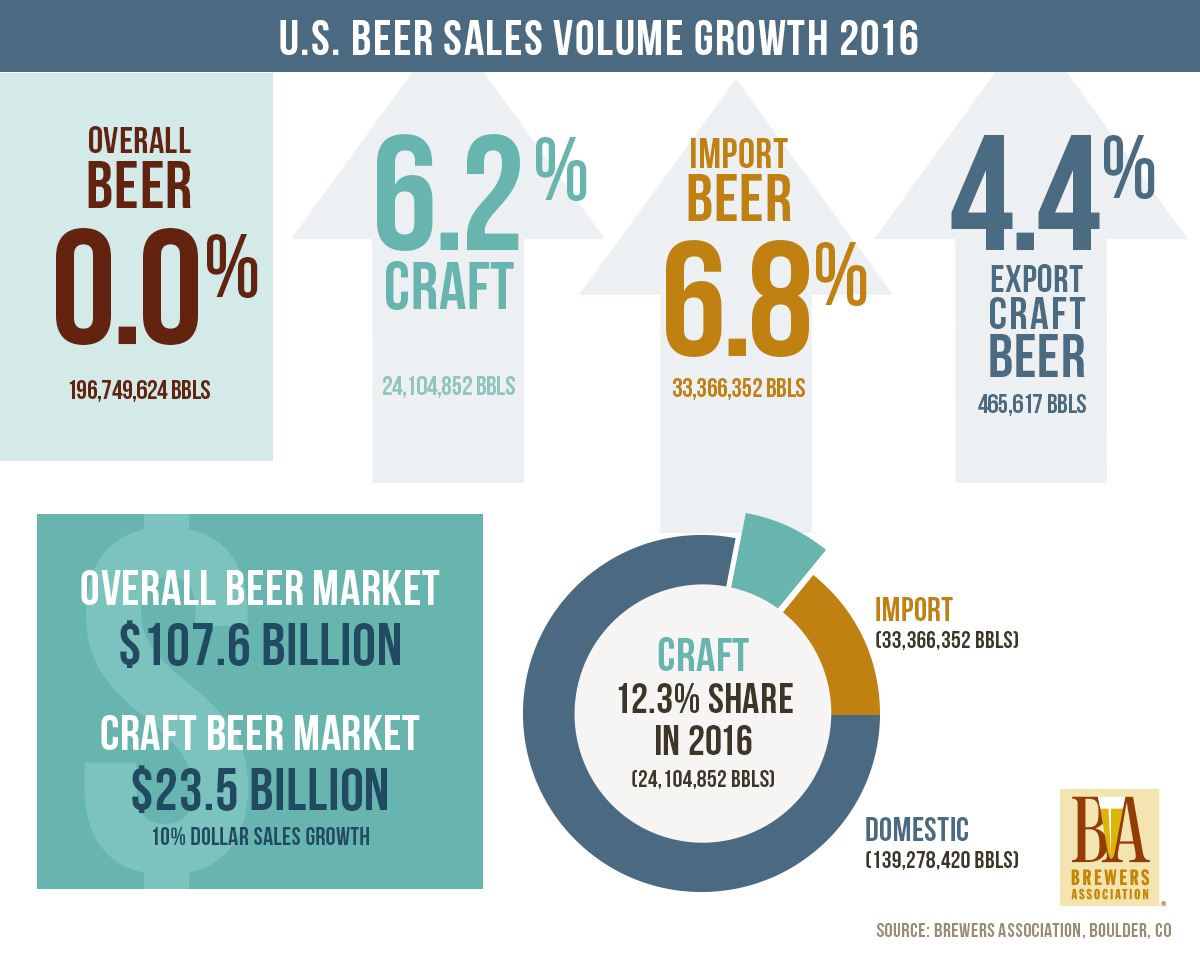
(Read: Stone Brewing Sues MillerCoors Over Misuse of Stone Name)
The term “lifestyle brand” is common in almost every consumer demographic. It is the use of advertising to deliberately market a product to be part of someone’s life or a defining character that someone identifies with. Craft beer has this built into the product. From the humble roots of homebrewers, to the romanticized blue collar entrepreneur, to the couple that made it big after mortgaging their home in pursuit of the American dream, craft beer branding is as good as it gets. It is honest, approachable, relatable, and truly inspiring.
That is why Big Beer wants to co-opt Craft Beer.
The reason big breweries are going around buying other breweries is not because they cannot make quality beer. Anyone that understands how hard it is to make a consistent adjunct lager, knows that making the same beer, with zero off-flavors, is an arduous, difficult task. Yet big beer does this across the world, in different countries, 365 days a year, with zero off-flavors.
Think about that.
Different ingredients, different water, elevation, equipment, employees and a million other variables and Bud Light tastes like Bud Light. The fact that many do not like that flavor is an entirely different debate, but as far as quality and consistency goes, they are hard to beat.
Except that’s the thing. Right now macro beers are getting their ass kicked and that is why they are trying to co-opt the craft beer brand. Year over year, AB InBev has lost market share to craft beer and this year Bud Light dropped to second place after Miller Lite. People are simply not buying macro beers as they did in years past. If you look at the reason why these beer breweries are declining, originally it was due to the desire for consumer choice, but now, it is much more than that.
Take Action: Support Your Local Brewery https://t.co/7m85qEcOVm pic.twitter.com/QOqohMiQl7
— CraftBeerdotcom (@craftbeerdotcom) February 26, 2018
Big beer is losing market share because consumers are now more informed.
Consumers want to know the ingredients that go into their beers, they want to know where their beers are made, they want to know who owns what, and they want to know what those businesses believe, what they support and the general ethos of the brand. This is a direct reaction to lifestyle branding. If I am going to tell the world who I am, based upon the beer I buy, then why would I choose AB InBev, a brand that mocks consumers by ridiculing pumpkin peach ales (yeah, we don’t forget), literally naming its beers “America,” and then spending more money on telling people they filled up cans of water for hurricane victims than the cost to fill those cans. People are starting to see though million-dollar marketing budgets and starting to invest in breweries that invest in them and their communities.
The craft brewers seal makes that decision easier.
It is the same as an organic sticker, or a non-GMO tag or packaging that uses cruelty-free branding. It tells the consumer, simply, what they are buying and where that money goes. While some may scoff at the idea of a mark for separating out independent beer, survey after survey shows that average consumers want this information. While some brewers may not adopt the mark, because of the design, because of the aesthetic, or because they don’t feel like it will change their sales numbers, I encourage everyone to adopt the seal if for one reason alone…
Big Beer can’t co-opt Independent Beer.
Point of sale materials for retailers! Check out how you can display the independent craft brewer seal. https://t.co/jUP7QXFqZX #independentbeer #beerbiz pic.twitter.com/s3HMjzRB3z
— Brewers Association (@BrewersAssoc) February 23, 2018
Feature image courtesy of the Brewers Association.


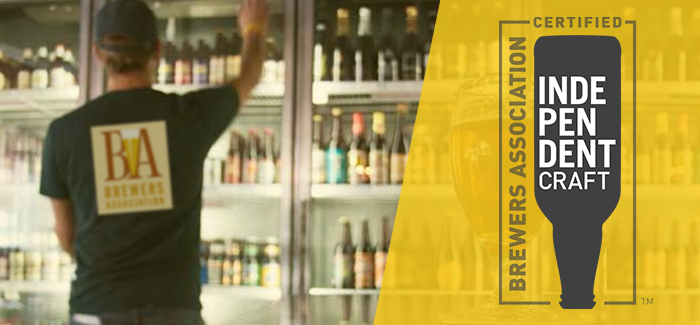


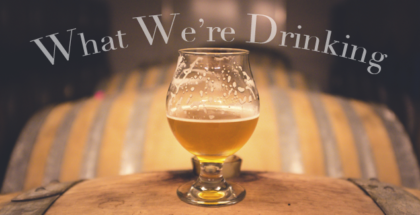
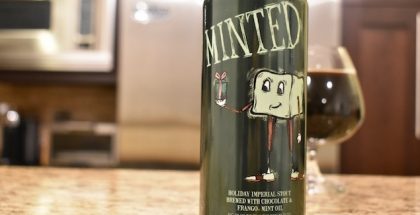
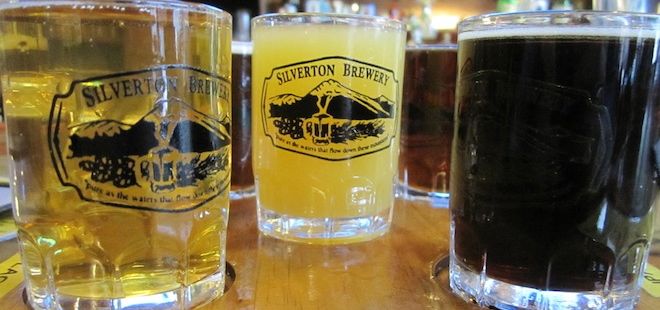
Submit a Comment